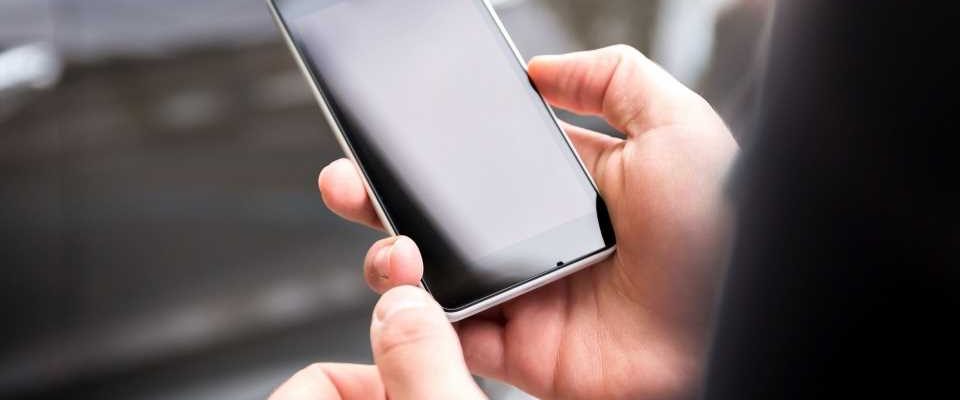Mobile apps for suicide prevention: What’s the evidence?

Mobile applications could provide “an uninterrupted tool for crisis response” for people experiencing suicidal thoughts and behaviors, although more research is needed to establish their effectiveness, concludes a review in the March/April issue of Harvard Review of Psychiatry. The journal is published in the Lippincott portfolio by Wolters Kluwer.
In particular, apps based on an approach called ecological momentary intervention (EMI) may offer a useful tool for managing patients at risk of suicide, according to the review by Enrique Baca-García, MD, Ph.D., of IIS-Fundación Jiménez Díaz, Madrid, Spain, and colleagues. They write, “These interventions can be useful complements to traditional care, especially in situations in which face-to-face care is not possible.”
‘Suicide prevention in your pocket’? So far, mixed evidence on effectiveness
Suicide remains a leading cause of potential life lost around the world, amid concerns that suicide rates may be increasing during the ongoing COVID-19 pandemic. Mobile health interventions provide an excellent opportunity to provide “low-cost, 24/7 support” for individuals at high risk of suicide, especially those with previous suicide attempts or suicidal thoughts.
Ecological momentary interventions are a particularly promising approach, with the potential to deliver as-needed help in the moment for patients experiencing suicidal thoughts and behaviors. “For instance, EMIs may allow patients to adopt coping strategies when they experience a breakdown, or to interact with the environment in different ways, such as by contacting professionals or family members during a crisis,” Dr. Baca-García and coauthors write. Although EMIs have been used in other psychiatric conditions, less is known about their potential use for suicide prevention.
Dr. Baca-García and colleagues identified 27 studies of 19 different EMI interventions designed for suicide prevention. At the time of the review, 10 of the 19 interventions had at least one study evaluating effectiveness. The researchers evaluated the characteristics of the EMI interventions and the evidence for their effectiveness in suicide prevention. Eight studies, evaluating seven interventions, targeted adolescents at risk of suicide.
Safety planning was the most common component of EMI interventions. “A safety plan consists of designing a series of strategies with the support of a clinician aimed at providing support at the time of a suicidal crisis,” the researchers explain. Some apps including safety plans took advantage of digital media—for example, showing pictures of loved ones, videos with relaxation techniques, or maps showing the quickest route to emergency help.
Some EMI interventions incorporated different types of approaches, such as cognitive-behavioral therapy, which teaches strategies to alleviate dysfunctional thinking or behavior; or dialectical behavior therapy, targeting healthy approaches to managing stress, emotions, and relationships.
Of the 10 EMI interventions with effectiveness studies, five had evidence of decreased suicidal thoughts and behaviors. “These mixed results suggest that there is still a long way to go before [EMI interventions] can be routinely implemented in clinical practice,” Dr. Baca-García and colleagues write. Interventions based on cognitive or dialectical behavior therapy were more likely to reduce suicidal thoughts—although many of these tools also included elements of safety planning.
The studies reported high interest and good retention rates among participating patients. Adolescents and young adults may benefit most from new technologies in mental health: They are comfortable in using digital technologies and are the age group most affected by suicidal thoughts and behaviors.
Source: Read Full Article
